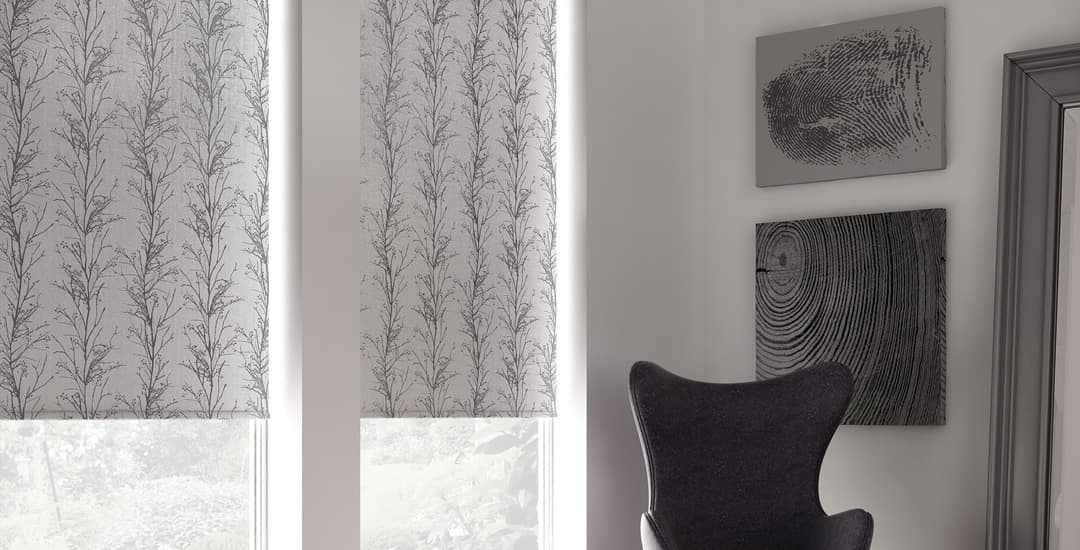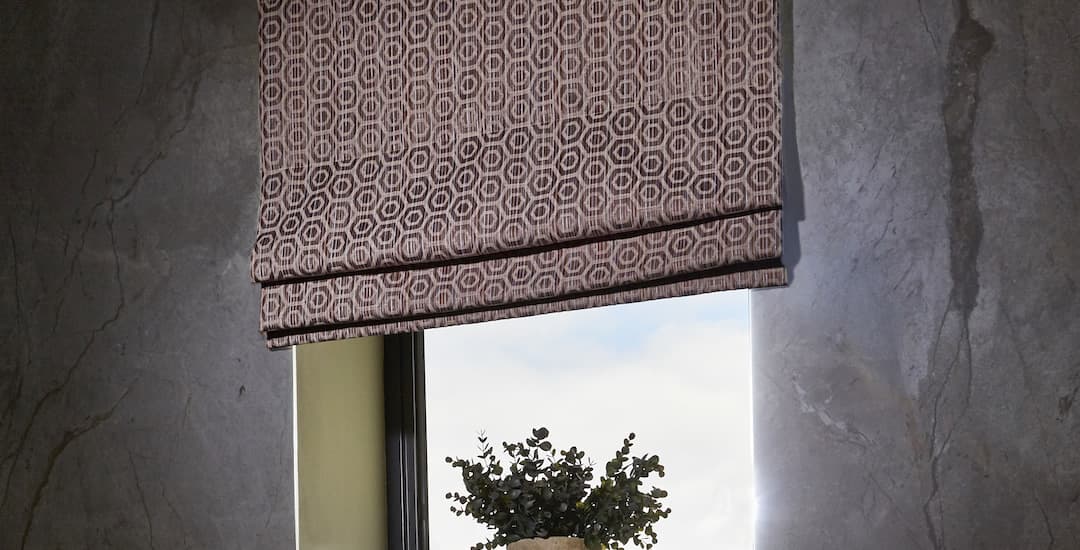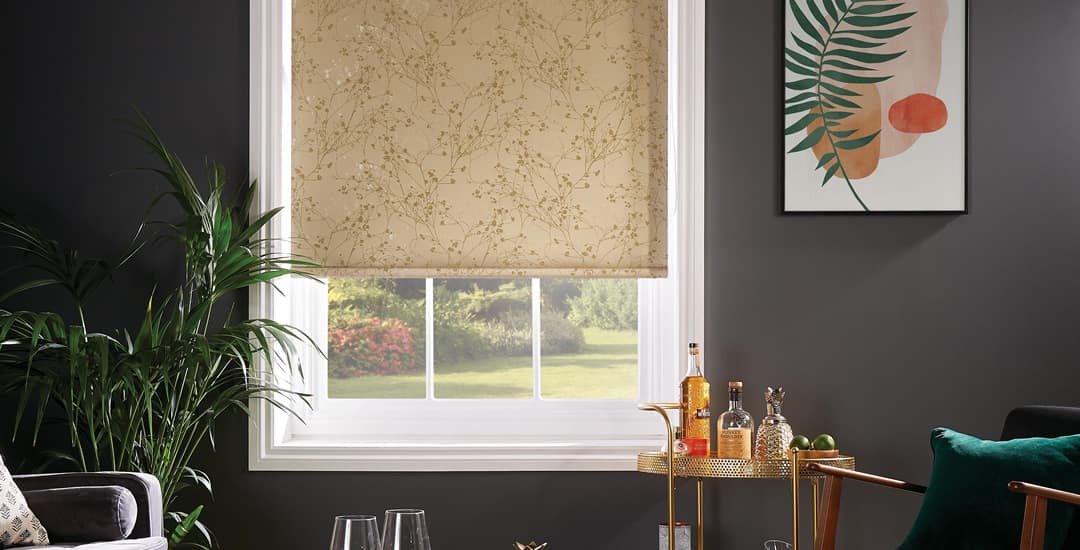
Whether you bought blackout blinds to stop light annoying you at night or dimout blinds to stop precision-targeted sunbeams annoying you during the day, light leakage around the sides of your blinds is highly unlikely to put you in good spirits.
So, how do I stop the light from coming around the side of my blinds? This comes down to a combination of measuring up accurately before you order your blinds, fitting them with care, and hanging them in the best configuration to reduce light leakage too.
The good news is that this is very straightforward if you know how! To block light from the sides of blinds, your best bet is to order blinds that are hung over the window recess (rather than inside of it) and to order a blind that’s bigger than the recess by a reasonably generous margin on all four sides too.
In this blog post I will cover how to prevent gaps on blinds and shades, and outline what you need to think about before you measure up in order to reduce light leakage from blinds.
How do I stop the light from coming around the side of my blinds to achieve a full blackout?
For a blind to block light entirely, it needs to be made from an impermeable or blackout material, fit the window properly, and have enough of a margin around it to prevent light leakage.
The only fool-proof way to do this that works without fail for most people and their windows is to hang one blackout blind inside of the window recess, and a second one over the recess with an additional margin of coverage over the wall on all four sides too.
However, using just one blind that is hung in the right place and ordered in the right dimensions will result in a blackout acceptable for most buyers, and the same approach also works to prevent chinks of light escaping around the sides of dimout blinds too. The “right place” in question here means “over the window recess” as opposed to inside of it, which is what I’ll cover next.
How do I stop the light from coming around the side of my blinds if they’re fitted over the window recess?

To stop light leaking around the sides of a blind hung over the window recess, you need to measure up for your blind factoring in an additional margin of at least 10cm on each of the four sides of the window recess.
If you order a blind that matches the dimensions of the recess exactly, or that only overlaps the sides by an inch or so (oooh, look at me mixing my metrics and imperials, you can tell I was an 80s child), you are almost certainly going to get light leakage.
Most people would assume that this is only going to be an annoyance if you want to achieve a full blackout to enable you to sleep; but light leakage around a dimout blind can be highly annoying too, if it hits your PC or TV screen dead on and causes glare, or if you’re sitting right in the path of it and your eyes aren’t overly keen.
Fitting your blind over, rather than inside of, the window recess and factoring in a buffer of additional blind material to cut the light off is a more effective solution than trying to prevent light leakage on a blind hung inside of the window recess.
How do I stop the light from coming around the side of my blinds if they’re fitted within the window recess?
The problem with hanging a blind inside of the window recess when it comes to light leakage is that you can’t build in much of a margin around the sides of the blind to stop light from escaping, as the blind can only fit into the space within the recess!
Depending on the windows you have and the type of blind you choose, light leakage will not always be an issue on blinds hung inside of the recess; for instance, if your window has generous mullions or wide-ish sides of the frame, and the blind itself sits close to the window.
However, light leakage is more common and/or harder to avoid on blinds fitted inside of the recess, for the reasons mentioned, and there’s not masses that you can do to prevent this if the narrowness of your window frames and/or mullions are working against you.
In fact, in this situation, just about the only thing you can do to reduce the extent of the issue is to choose a blind with a relatively narrow headrail, so that it does not protrude from the window any more than is absolutely necessary. This is because in this scenario, the closer to the glass itself that you can get the blind, the less of an angle there is for light to get around it.
How do I stop the light coming around the side of my blinds if I’ve already bought and hung them?

If you only realised that light leakage was a thing and/or that it was going to annoy you after you’d ordered and hung your blinds, urgh, bummer dude because I agree that this would be a massive annoyance.
Part of the reason why I spend so much of my workday writing blog posts on very specific and frankly, not always that exciting blinds-related topics like how to block light from the sides of blinds is that blinds buyers don’t always know what they need to know in terms of avoiding pitfalls and making the right choice on what to buy.
Retroactively, there isn’t a lot you can do about stopping light leakage around blinds that are already in situ, unless you’re willing to get a bit Gonzo about it.
As an example of this you could, say, use “light blockers” (sometimes called “light blocking strips”) which are essentially rolls of self-adhesive tape that you stick around the window frame, to narrow the width of the angle that light has available to it between blind and glass for blinds hung inside of the recess.
This won’t always look like an obvious bodge (nor necessarily look obvious at all, depending on the colour and finish you get) but it is probably not something you were hoping to have to do when you bought your blinds either.
You could also invest in a second set of window blinds to hang over the window recess, which I mentioned in the first section.
If you have light leakage issues with blinds hung over the window recess as your blind’s margins aren’t wide enough, again, there’s not much doing here unless you hang a blanket or something over the top of it and tuck it in very carefully; which admittedly isn’t going to look fantastic, nor necessarily work hugely well either.
Still, if your priority is sleep over style and/or you just need a short-term fix to say, cut glare during a Zoom call and having a blanket over the window for a few minutes isn’t the end of the world, you do at least now have a couple of options to explore.





What do you advise for a window with no frame to block out light, how wide should I go considering a blind sits on a track 4/5cms wide?
Thanks
We would generally advise a blackout roller or roman blind, as these two types of blind sit closest to the wall/window thereby reducing the amount of light around the sides of the blind. As you haven’t got a frame, we suggest measuring the blind to be as big around the window (on all four sides) as possible, obviously depending on the space you have and how big you’d want to go in terms of how it will look.
It’s difficult to give any more specific advice without seeing your window, but feel free to contact us and send us a picture so we can advise further.